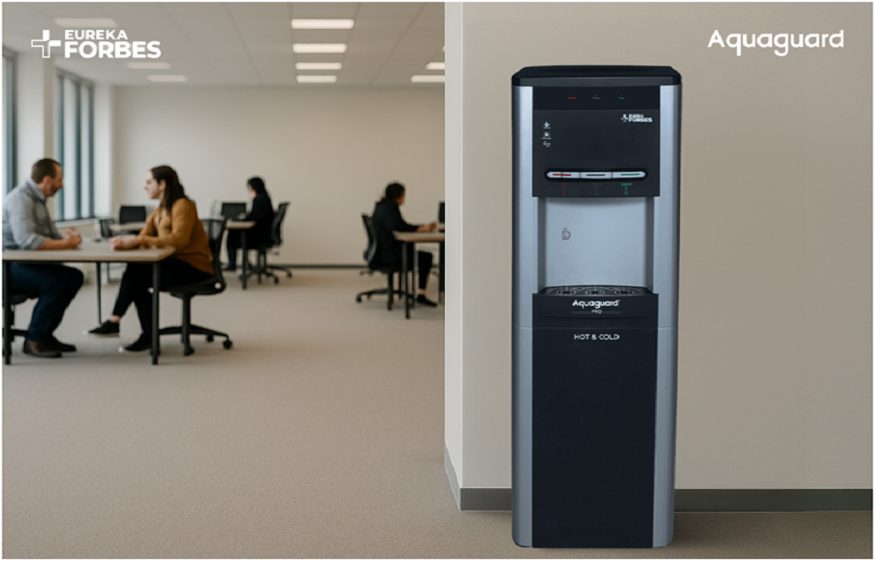Mobile Scaffold Safety Best Practices Dos And Donts
Mobile scaffolds are versatile tools that provide access to elevated work areas, but they also come with inherent risks if not used properly. According to the Occupational Safety and Health Administration (OSHA), scaffold-related accidents cause an average of 4,500 injuries and 60 fatalities each year. Therefore, it is important to follow mobile scaffold safety best practices to prevent accidents and injuries. In this article, we will discuss the do’s and don’ts of using mobile scaffolds and the importance of scaffold tags in ensuring safety.
Do’s of Mobile Scaffold Safety
- Inspect the scaffold before use: Before using a mobile scaffold, inspect it for any damage or defects. Look for cracks, bent frames, missing parts, or loose connections. If any issues are found, do not use the scaffold until it has been repaired.
- Choose the right scaffold for the job: Make sure the mobile scaffold you are using is appropriate for the task at hand. Consider the height and weight capacity needed, as well as the environment in which it will be used.
- Follow the manufacturer’s instructions: Always follow the manufacturer’s instructions for setting up and using the scaffold. Improper use can result in accidents and injuries.
- Secure the scaffold: Use wheel locks and outriggers to secure the scaffold in place. Make sure the scaffold is level and stable before use.
- Use personal protective equipment (PPE): Wear appropriate PPE, such as hard hats, safety glasses, and non-slip shoes, when using a mobile scaffold. This can help prevent injuries from falling objects or slips and falls.
Don’ts of Mobile Scaffold Safety
- Do not exceed weight limits: Do not exceed the weight limits of the scaffold. This can cause the scaffold to collapse, resulting in serious injuries or even fatalities.
- Do not use damaged scaffolds: Do not use a mobile scaffold that has been damaged or is missing parts. This can compromise the stability of the scaffold, leading to accidents and injuries.
- Do not move the scaffold while workers are on it: Do not move a mobile scaffold while workers are on it. This can cause the scaffold to tip over or collapse, resulting in serious injuries or fatalities.
- Do not use makeshift repairs: Do not attempt to make makeshift repairs to a damaged or defective scaffold. This can further compromise the stability of the scaffold and increase the risk of accidents and injuries.
- Do not leave tools or debris on the scaffold: Do not leave tools or debris on the scaffold, as they can fall and injure workers below.
Scaffold Tags: Why They Are Important to Safety
Scaffold tags are an important part of mobile scaffold safety. They are used to identify the scaffold, indicate its purpose, and provide information on its inspection and maintenance history. Scaffold tags are color-coded to indicate the current status of the scaffold:
Green tag: The scaffold has been inspected and is safe to use.
Yellow tag: The scaffold has been inspected and is safe to use, but caution is advised.
Red tag: The scaffold is not safe to use and must be taken out of service until it has been repaired or replaced.
Scaffold tags provide important information to workers and supervisors, helping to ensure that the scaffold is used safely and properly. They also serve as a reminder to inspect the scaffold before each use, reducing the risk of accidents and injuries.
Conclusion
Mobile scaffold safety is important to prevent accidents and injuries in the workplace. By following the do’s and don’ts of mobile scaffold safety, workers can help ensure their own safety and the safety of those around them. Scaffold tags are an important part of mobile scaffold safety, providing information on the scaffold’s inspection and maintenance history, as well as indicating its current status.

